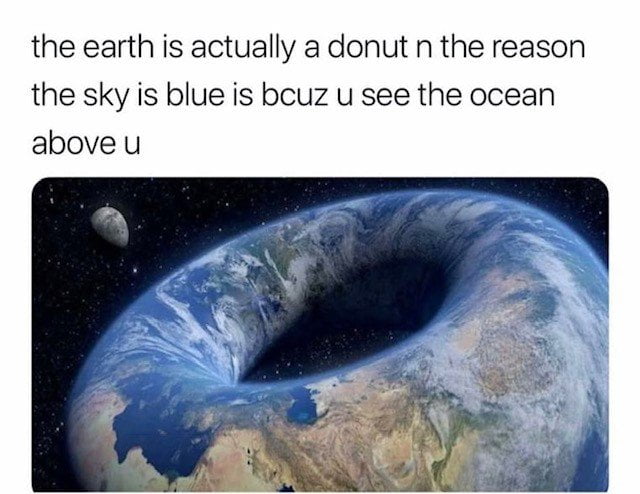Do you think you can supply that video please? I, for one, would like to see and hear it.
I can supply bunches of info on how to deal with the belts and they do not completely cover the earth and they fluctuate. Further, it would take prolonged amounts of exposure to kill a person.
A little astrophysical info in this article, but don't fret. So much more available if a person researches without a conspiratorial POV
You can't just make broad and all encompassing statements as though some final conclusion had been reached because you said so. When I am using the pronoun here, you, I am referring to anyone who presented their list as you did.
Does anyone here really want to read all this technical info and then delve into whether or not it is false? I seriously doubt it.
Their sizes change depending on solar activity and, sometimes, on how we model them. The inner belt starts at an altitude of 600-1,600 km, according to different sources, and extends till 9,600-13,000 km. The range of the outer belt varies similarly: from 13,500-19,000 km to about 40,000 km.
There is a gap between these belts called the slot region, which is generally devoid of energetic particles. Sometimes, a third, transient appears in this region. Geosynchronous communications satellites orbit just inside the outer edge of the outer radiation belt, and the low-Earth orbit (LEO), where the International Space Station and the Hubble space telescope are, is just below the inner edge of the inner belt.
The radiation belts are not the only structures surrounding Earth. Starting from about 1,000 km, at the very edge of the inner radiation belt, and partially pushing into the outer belt, there is a cloud of charged particles
called the plasmasphere. This is yet another layer of protection Earth has against space radiation. Electrons nearly at lightspeed in the outer belt move laterally along the magnetic field lines around Earth; a plasmasphere phenomenon called the plasmaspheric hiss – which is very low-frequency (VLF) electromagnetic waves – prevents them from moving down closer to Earth. This VLF hiss
results in part from atmospheric lightning and in another part from ground-based transmitters communicating with submarines (Fig. 1).








